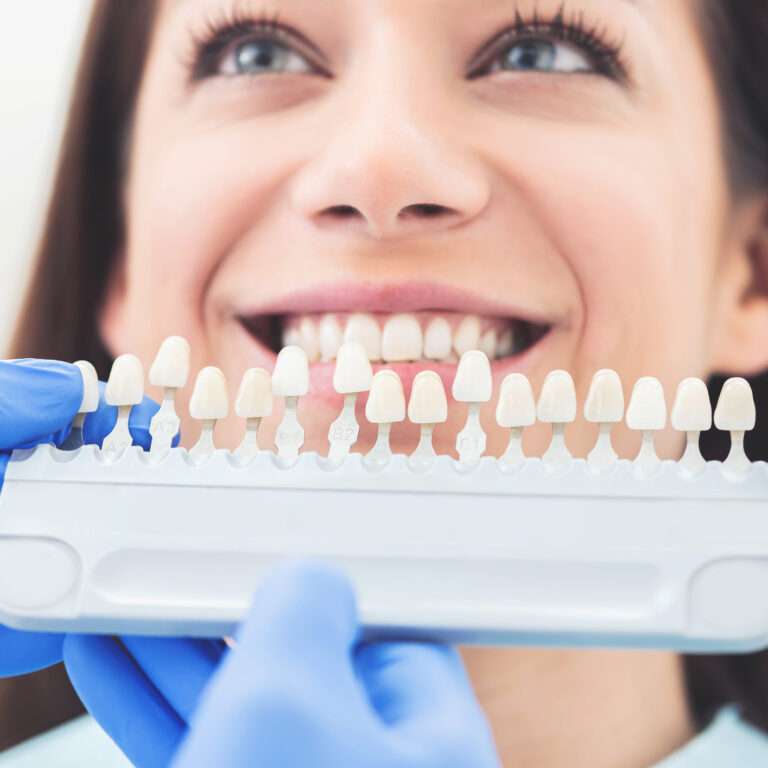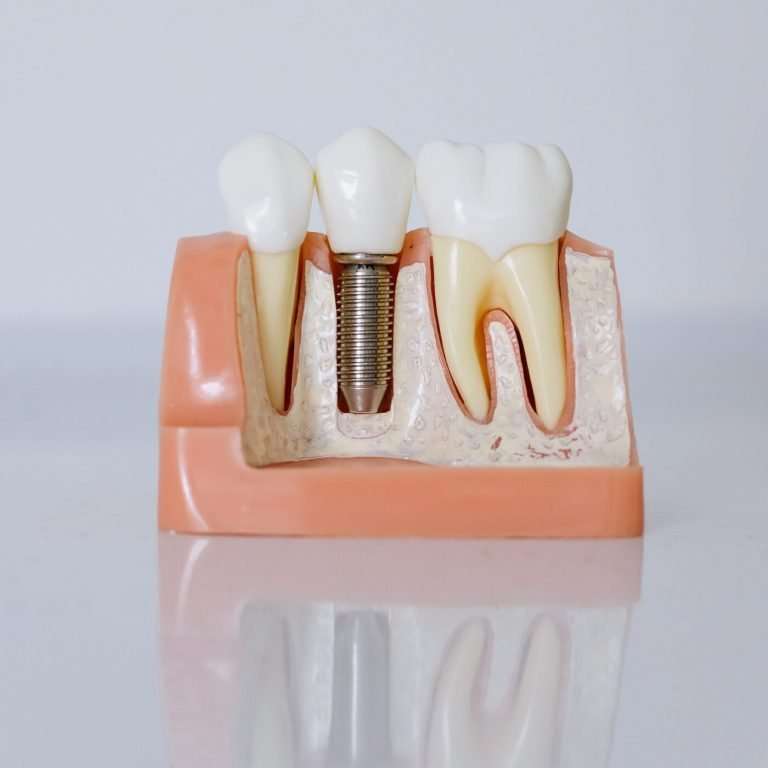How Is a Tooth Replaced? All The Options Available
If you don’t replace a tooth, tooth loss can negatively impact oral health and overall quality of life. Luckily, there are several options available for tooth replacement. Keep reading to learn more!
Options for Tooth replacement
If you have lost a tooth, you may be wondering about your options for tooth to replacement. As dental professionals, the certified ZAGA Doctors from Smile24h Expert Clinics would be happy to provide you with all the information you need about tooth replacement options and help you determine which one is right for you.
Several options are available for tooth replacement, each with its benefits and drawbacks. The most common options, depending on the case, are dental crowns or bridges or fixed dental implants, which are surgically inserted into the jawbone.
One of the most common options is a dental bridge, which is a prosthetic device that uses crowns on either side of a gap to hold one or more artificial teeth, called pontics, in place.
The crowns are fitted over the natural teeth adjacent to the gap, which act as anchors for the bridge. Bridges are a good option for replacing one or a few missing teeth in a row, and they can help restore your bite and improve your oral health.
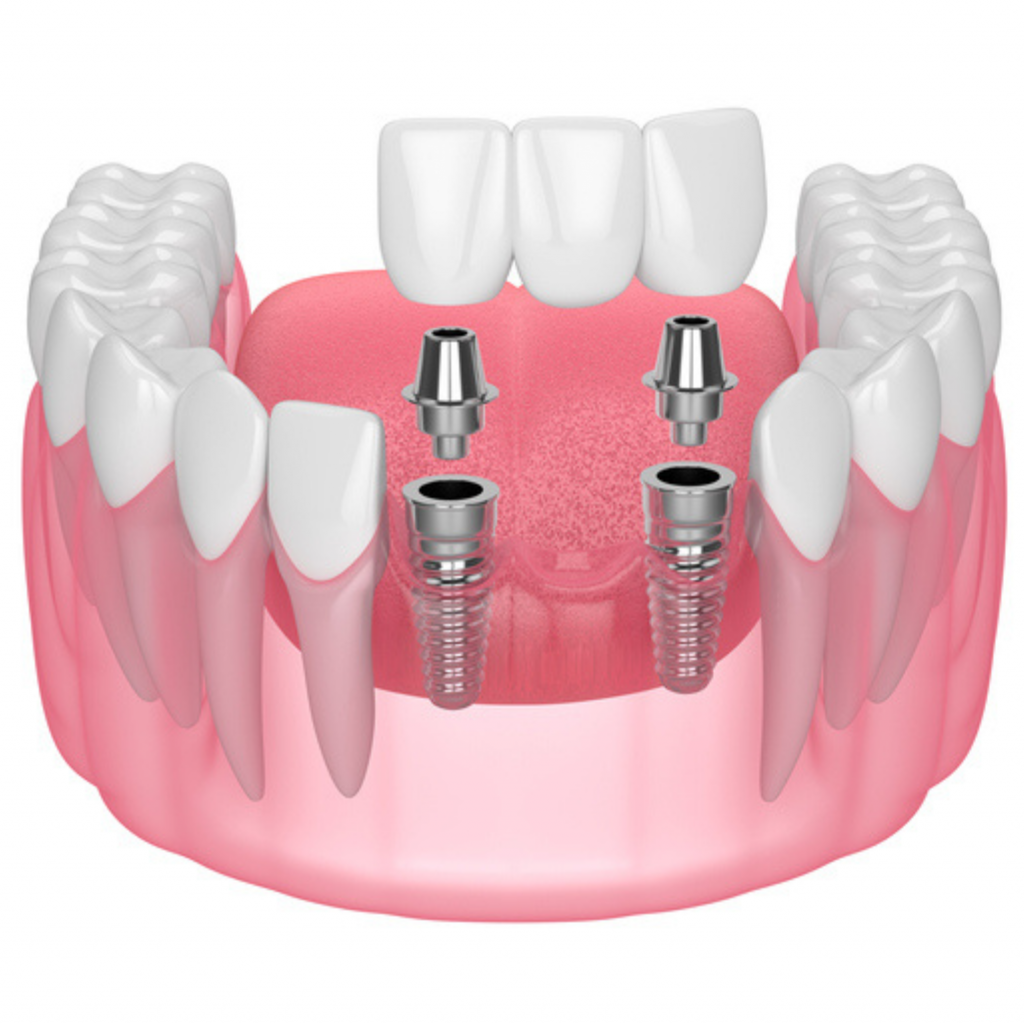
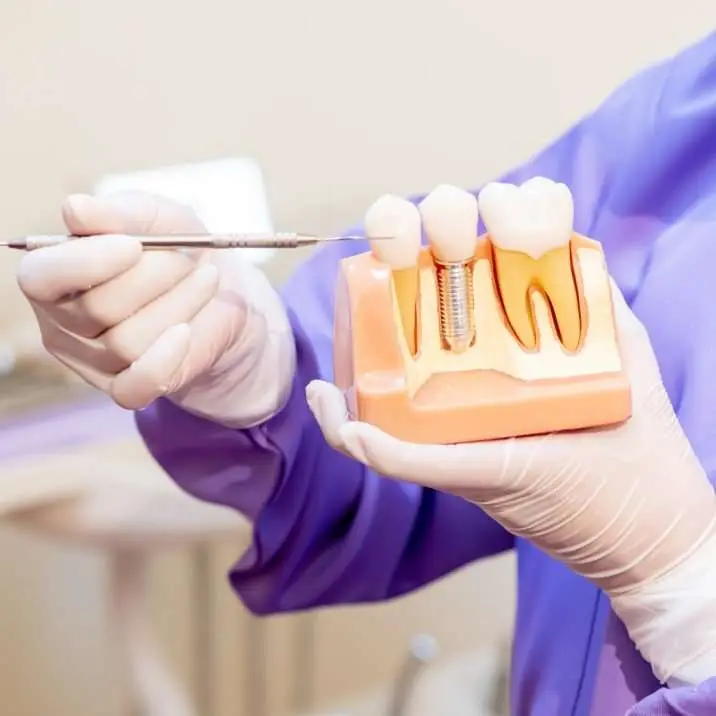
Dental Implants as Substitute Roots
Another option for tooth replacement is a dental implant. A dental implant is a small post made of titanium, ceramics, or zirconium, depending on the patient’s needs, that is surgically placed into the jawbone to replace the root of a missing tooth.
Once the implant has integrated with the bone, which requires a healing period from 3 to 6 months and is called the osseointegration process, during which you will get a provisional set of teeth, an abutment is attached to the implant; this abutment then supports a dental crown, in case of one single tooth replacement, or dental prosthesis, in case of full-arch restoration, a custom-made artificial tooth that looks and functions just like a natural tooth. Implants are a good option for replacing one or more missing teeth, as they provide a permanent solution that stimulates and helps preserve the jawbone. They can also secure dentures or bridges, making eating, speaking, and smiling easier. Dentures or a dental implant-supported full arch bridge may be your best option if you have lost all your teeth.
On the other hand, removable dentures consist of artificial teeth set into a plastic or acrylic base designed to fit over the gums. Implant-supported full-arch bridges are similar to dentures, but they are anchored in place by several dental implants, providing a more secure and stable solution.
Key Factors to Consider With Tooth Replacement: Understanding Your Options
When looking to replace missing teeth, weighing several factors to choose the best option for your needs is essential. From replacing a single tooth to a complete set, various replacements mimic the natural tooth in function and appearance. Here’s what you need to consider, detailed in an easy-to-understand format:
- Number of Missing Teeth:
- Single Tooth: A dental implant with a crown is often the best choice. It acts as a new tooth root and is topped with a dental crown.
- Multiple Teeth: Options include implant-supported bridges (fixed to implant posts) or removable partial dentures.
- Location of the Missing Tooth/Teeth:
- Visible Areas: Aesthetics become crucial; dental crowns on implants offer a natural look.
- Back of the Mouth: Functionality and bite force distribution might prioritize implant solutions or supported bridges.
- Overall Oral Health:
- Healthy Gums: Ideal for dental implants; gum disease must be addressed before proceeding with implant placement.
- Existing Natural Teeth Health: Adjacent teeth health impacts the choice; a fixed bridge requires altering adjacent teeth, while an implant does not.
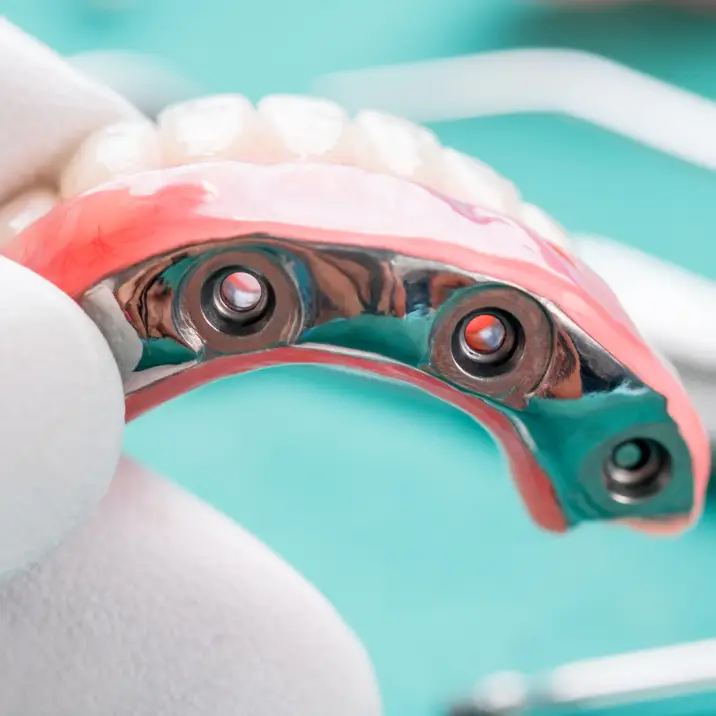
- Bone Density:
- Sufficient Bone: Necessary for dental implants; a surgical procedure ensures the implant integrates with the jawbone.
- Limited Bone: Options include bone grafting for implants or choosing a removable partial denture. Zygomatic Implants used to be a really good option for these cases, too.
- Lifestyle and Long-Term Considerations:
-
- Durability: With proper care, implants can offer a long-term solution.
- Ease of Care: Removable options require more constant maintenance than fixed bridges or implants.
- Consultation with a Dental Professional: to visit a dental office is crucial for a thorough examination and to discuss:
- The surgical procedure details if considering implants.
- How to ensure the longevity of the chosen tooth replacement option through proper care.
Choosing how to replace missing teeth involves considering your mouth’s long-term health and functionality. Whether it’s a single tooth replacement with a dental implant, a more extensive restoration with a complete set of dentures, or a full-arch restoration using advanced options like All-on-4, All-on-6, or zygomatic implants, at Smile24h, we always recommend choosing one of our Smile24h Expert Clinic, also known as Certified ZAGA Centers, to guide you to the solution that best fits your individual situation, ensuring your smile remains healthy and bright for years to come.
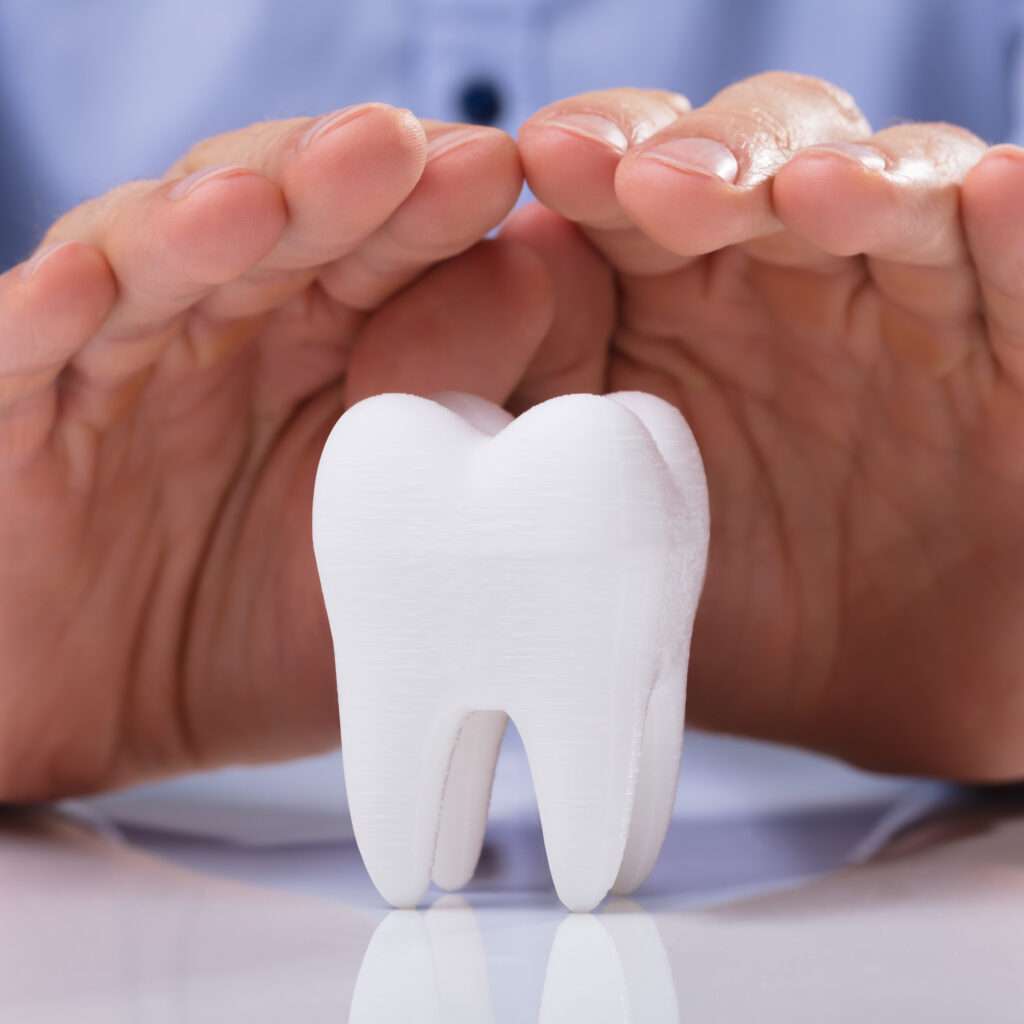
In a Nutshell
In conclusion, the best way to replace a missing tooth depends on several factors, including the number of missing teeth, the location, and your overall oral health. With a thorough diagnostic, the doctor can examine your mouth and discuss your options in more detail during your next appointment. Together, we can find the tooth replacement solution that is right for you and help you get back to enjoying a full, healthy smile.
Additionally, it’s crucial to choose the right specialist to ensure excellent outcomes. We always recommend selecting a Smile24h Expert Clinic from the international ZAGA Network, as they are certified experts in advanced oral rehabilitation and implantology dentistry. Their expertise ensures that you receive the highest standard of care and the best possible results for your smile restoration, working always aligned with the ZAGA Philosophy and its „patient-first“ approach.



